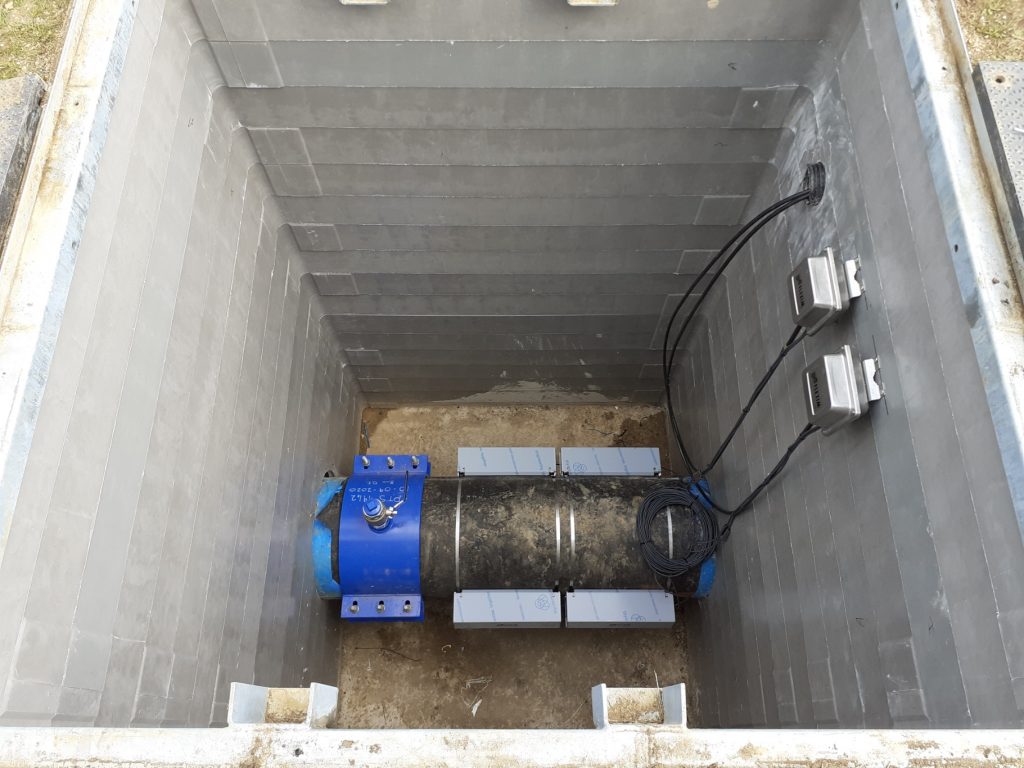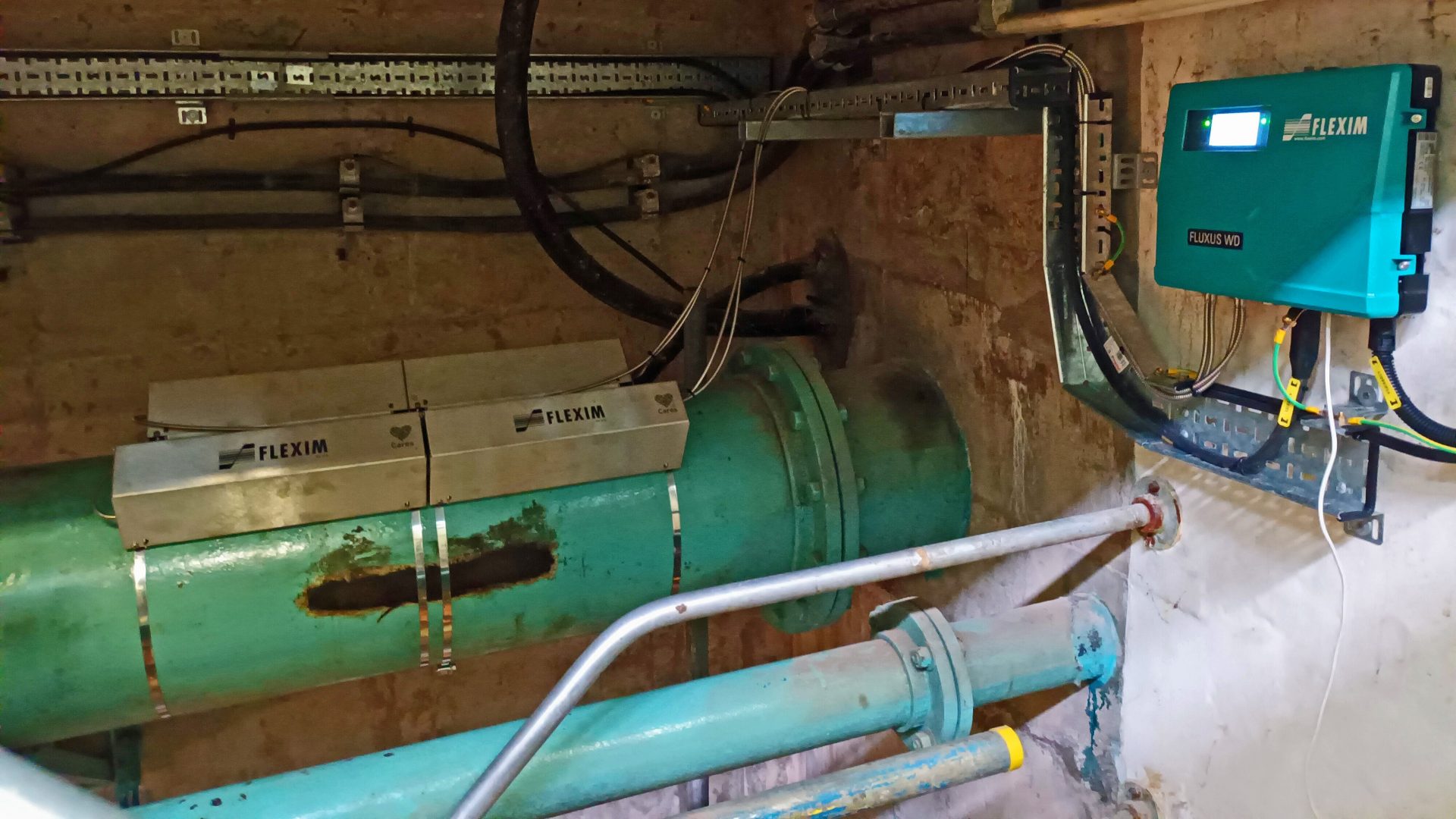In the largest ever overhaul of sewer systems, on the 29th March 2021, the UK Government announced measures to put into law new duties on water companies in an effort to reduce the amount of untreated sewage discharged into waterways.
The Storm Overflows Discharge Reduction Plan is intended to set clear and enforceable targets that the water industry is obliged to meet.
Whether existing or new, the data required by government will only come from the dynamic flow measurement of wastewater.
Historically, closed-pipe wastewater flows were the domain of Doppler ultrasonic technology, a technique first endorsed in the 1980s. 100% reliant on ultrasound reflected from suspended solids within the flow stream, in practice Doppler technology frequently fails to deliver the levels of real-world performance needed for accurate wastewater monitoring.
Transit Time (or Time of Flight) ultrasonic metering from FLEXIM delivers optimum levels of flow measurement performance and repeatability for wastewater flows of up to 10% solids by volume, and has been proven to offer substantially superior performance in countless wastewater applications.
Overcoming unavailable straight lengths.
Factory calibrated to ±0.3% flow measurement uncertainty, installed performance can be as good as ±1% if sufficient straight lengths are available. Of course, these are often difficult to find within the confined space of pipework geometry, pump buildings or chambers. Under these circumstances, optimum measurement uncertainty can be achieved by adding a second ultrasound channel for greater flow profile averaging.
What’s more, the disturbance correction function within the FLUXUS flowmeter, developed at the prestigious German PTB metrology laboratories, enables installation with as little as 2 diameters of straight length upstream of the meter.
Whatever the arrangement implemented, FLEXIM’s repeatability of ±0.15% can be relied upon for wastewater monitoring and trending confidence.
Installing and monitoring dynamic flow meter data gives a crucial early warning.
Rather than waiting for the inevitable alarms from multiple SPS sites after inundation from extreme weather events, installing and monitoring dynamic flow meter data provides an invaluable early warning of flow outside of consent limits and directs operatives to the most critical sites before any costly overspills can occur.

Meeting the challenges of WwTW FFT, PFF and MCERTS metering.
WwTW designed and built more than 30 years ago cannot be expected to perform to the same design specifications decades later. Population growth and continuously expanding conurbations, coupled with more frequent extreme weather events make this is an unrealistic expectation.
However, it’s impossible to develop upgrade investment plans without real time, reliable flow data upon which to base new plant designs. Implementation of closed-pipe Pass Forward Flow (PFF) monitoring (previously referred to as Flow to Full Treatment / FFT) utilising FLUXUS WD Series clamp-on metering from FLEXIM avoids any downtime, because meters are easily installed without any process interruption or outages. And crucially, they can assist in preventing premature discharges from storm water retention tanks, therefore reducing the number of discharges into local watercourses.



